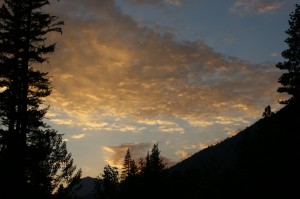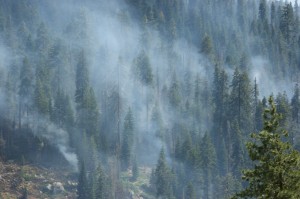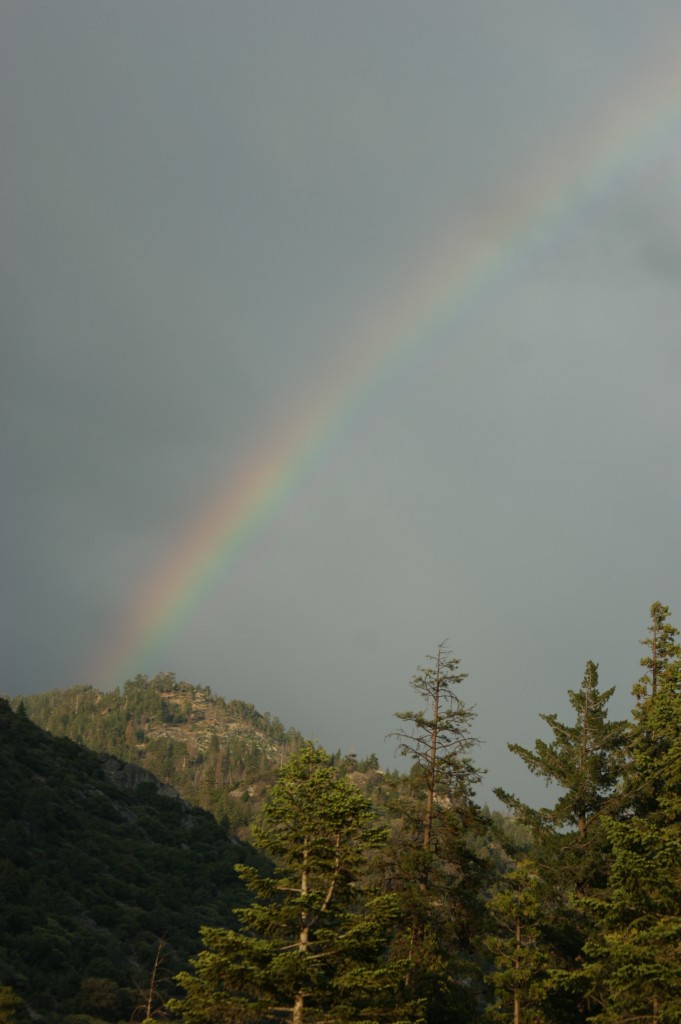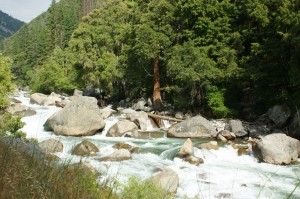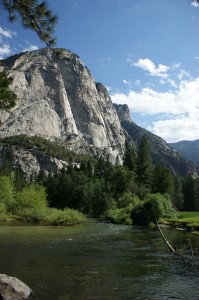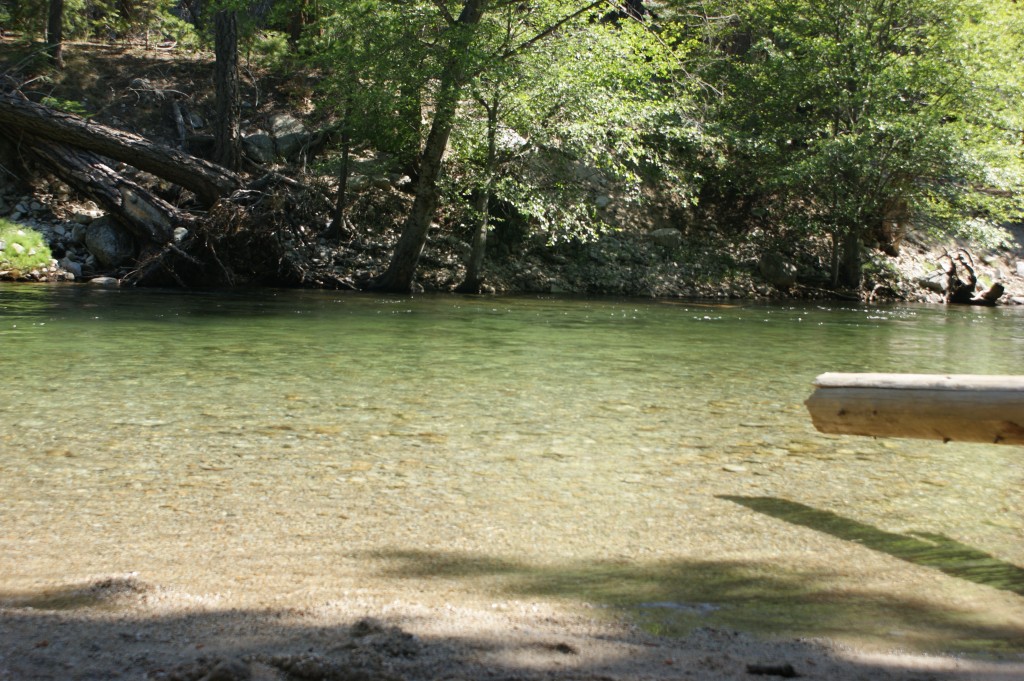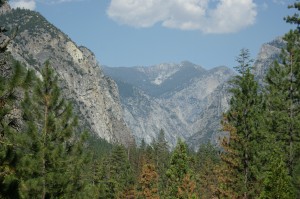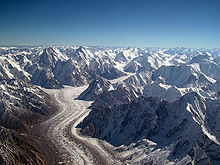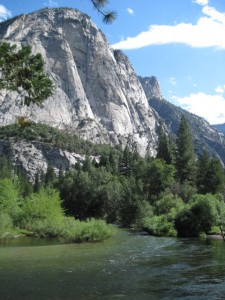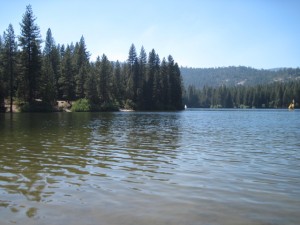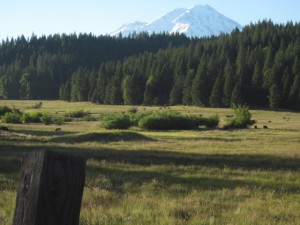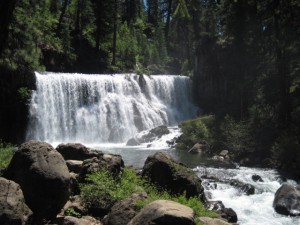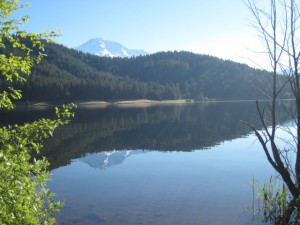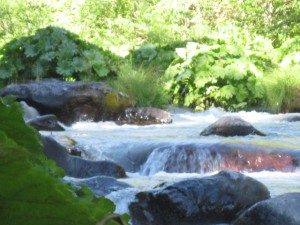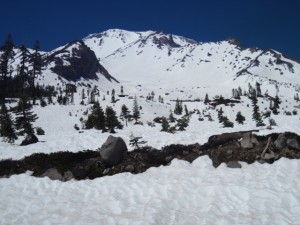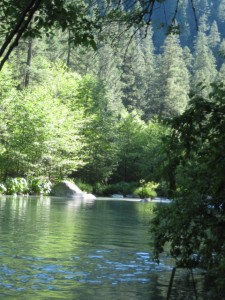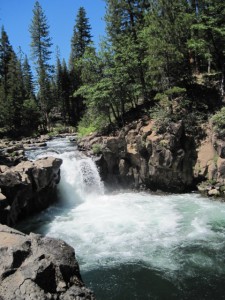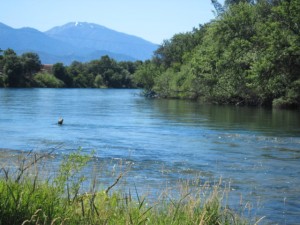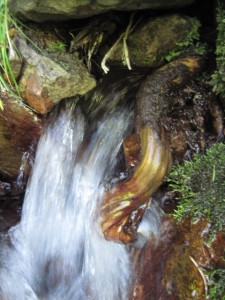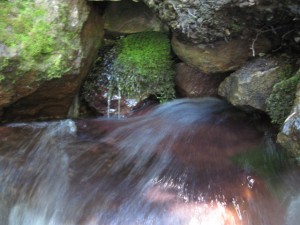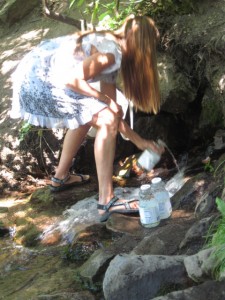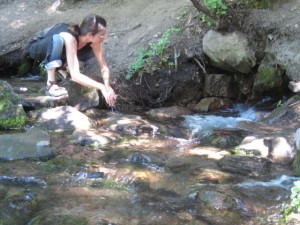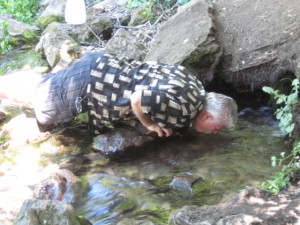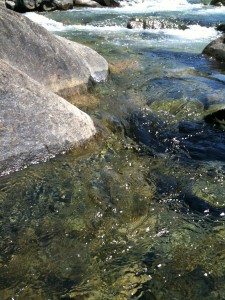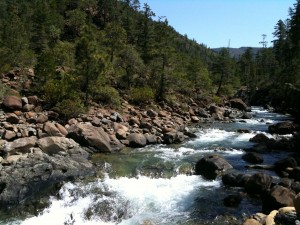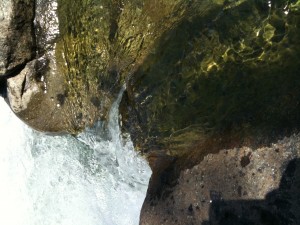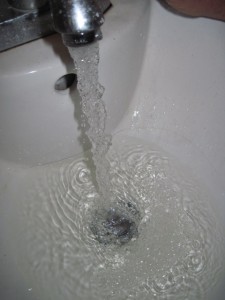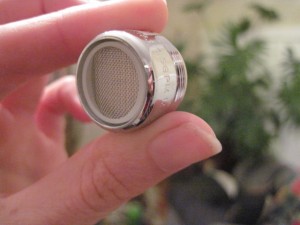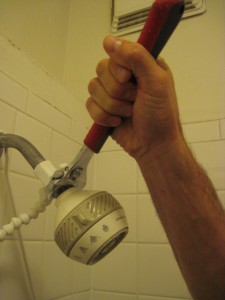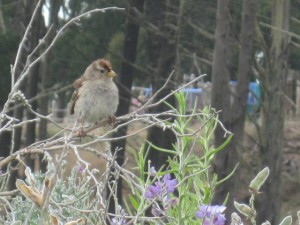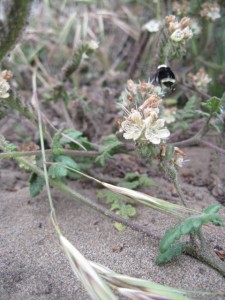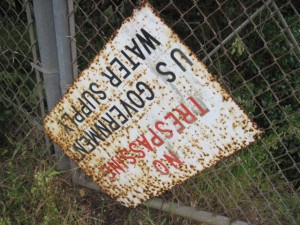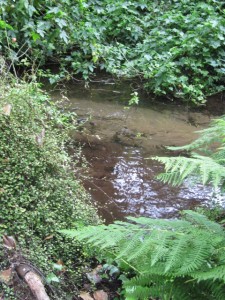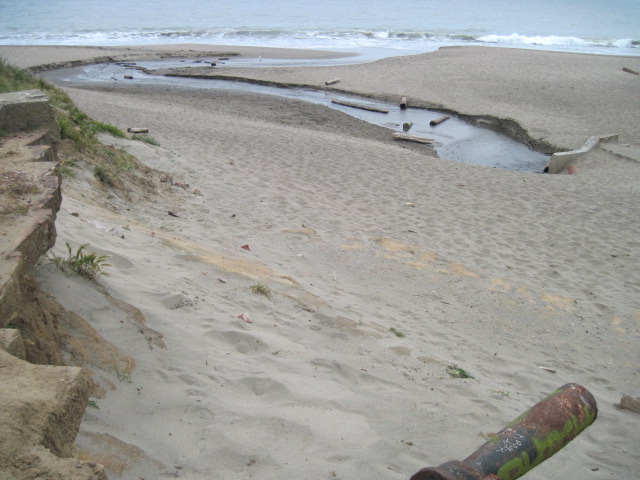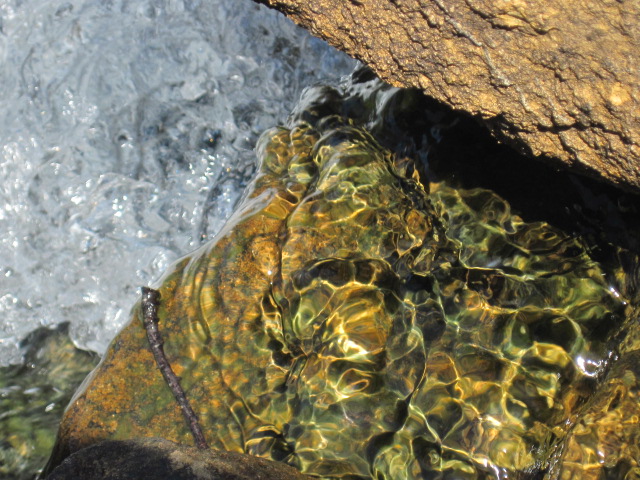This week, the Project continues of its discussion about connections between unlikely places- and goes out on a limb to talk, for a moment, about another element very related to water: air.
Connection Two: Kings Canyon, the Central Valley, and San Francisco
When we go to the mountains, besides seeing wild rivers, one of the other things we expect is that fresh mountain air. Ahh, to be away from the smoke and exhaust and noise of the city and take a lungful of pure pine goodness in.
I was surprised to see an Air Quality Indicator at the Kings Canyon Ranger Station set at the second to worst level: “MIGHT CAUSE HEALTH PROBLEMS FOR SENSITIVE PEOPLE WITH ASTHSMA OR OTHER RESPIRTORY CONDITIONS.” But there were many fires burning in the parks- controlled and lightning ignited. So we asked the ranger about it. She said that yes, the smoke from fires was a contributing factor to the air quality, but that the serious and ongoing problem was Central Valley haze.
We remembered that haze. As we were climbing into the mountains, looking into the Valley, it was hard to believe that we had not collapsed from breathing that dark brown muck hovering above Fresno. It was a known fact that if you wanted to get a clear picture in Sequoia or Kings Canyon Parks, you’d better get up real early before the haze started rising into the Parks.
Did the Central Valley really create that much pollution, we wondered?
No. It doesn’t. Of course, growing populations in the Valley don’t help matters, but a clear diagram explained exactly where the haze was from: where we were from, the San Francisco Bay Area.
I always thought our haze blew to Sacramento. Which it does. But then it continues its meander south down the Valley, until it hits the Tehachapi Mountains at the southern end. As it hits those mountains, some of it bounces back, creating a spiraling air column that cyclones straight towards Fresno, and behind Fresno, up into Kings Canyon and Sequoia.
So, the city I live in, hundreds of miles away, is not so far away as I’d thought.
All photos by James Kovacs

